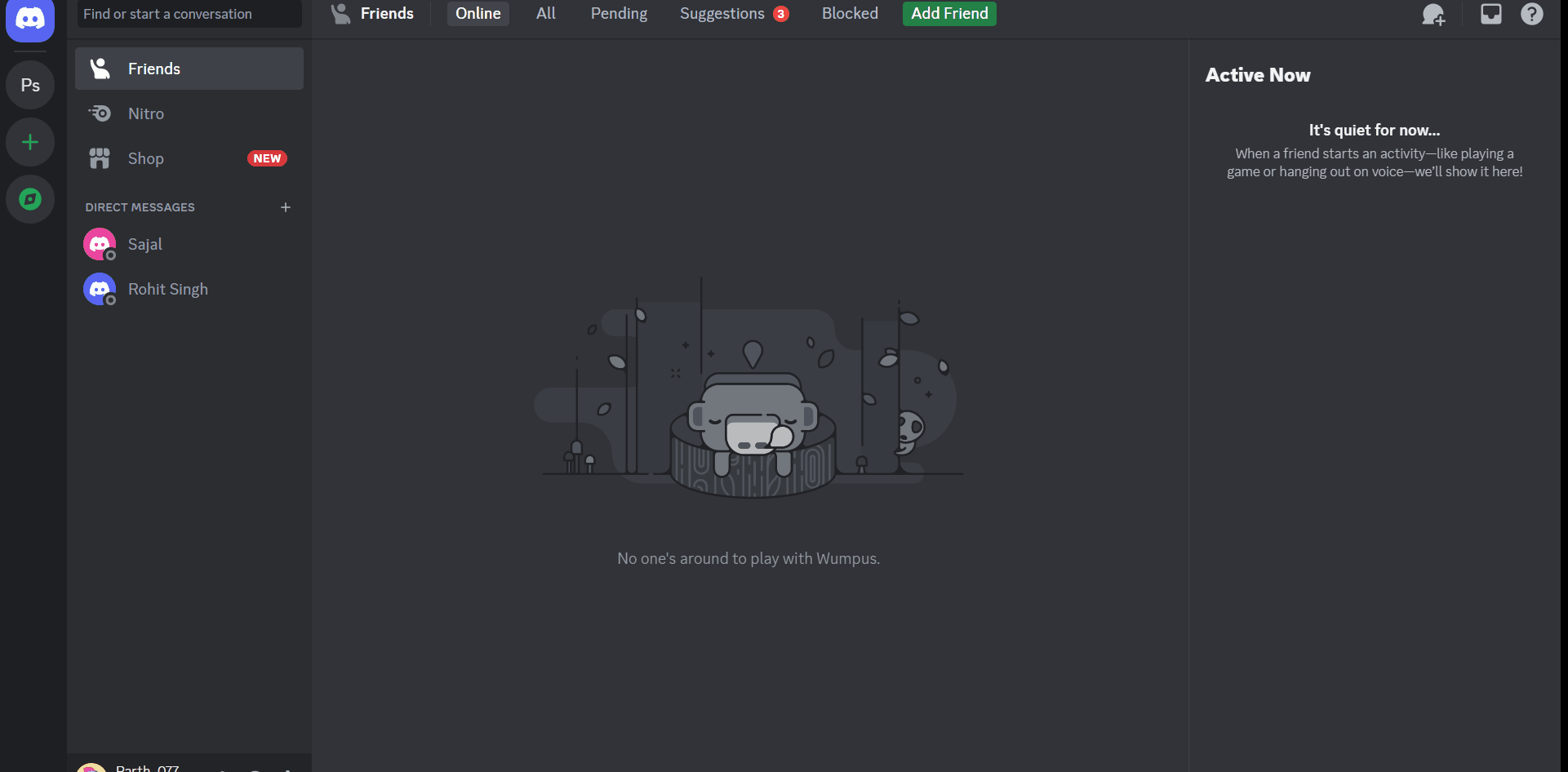How to Implement Webhooks in React ?
Last Updated :
03 Apr, 2024
To implement webhooks in React JS, you first need to set up a backend server to handle incoming webhook requests. This server should have endpoints to receive and process webhook data. Then, in your React application, you can use libraries like Axios or the native fetch API to send HTTP POST requests to these webhook endpoints.
A webhook is an HTTP-based callback function that allows lightweight, event-driven communication between two Application Programming Interfaces (APIs). React webhooks, sometimes referred to as custom hooks, allow you to reuse logic in a component. They were introduced in React 16.8 as part of the Hooks API, offering a new way to work with stateful logic in functional components. While React webhooks are not part of the official React library, they are a popular and widely adopted pattern within the React community.
In React JS, implement webhooks by setting up a backend server to handle incoming webhook requests and using libraries like Axios or fetch API to send HTTP POST requests to the server’s webhook endpoints.
Using fetch API
The Fetch API provides a simple and powerful interface for fetching resources (such as JSON data) across the network. It is built into modern web browsers, making it readily available for use in ReactJS applications without additional libraries. With the Fetch API, you can easily send HTTP requests, including POST requests, to webhooks endpoints.
Syntax:
fetch(url, {
method: 'POST',
headers: {
'Content-Type': 'application/json',
},
body: JSON.stringify(data),
})
.then(response => {
if (!response.ok) {
throw new Error('Network response was not ok');
}
return response.json();
})
.then(data => {
// Handle the response data here
})
.catch(error => {
console.error('There was a problem with your fetch operation:', error);
});Using libraries like Axios or Fetch
Axios is a widely-used HTTP client for JavaScript that simplifies making HTTP requests in both browser and Node.js environments. It offers a more intuitive interface than the Fetch API, with features like automatic JSON parsing, request cancellation, and error handling. Other libraries like Fetch or Superagent also provide similar functionalities and are preferred by developers for their additional features and flexibility compared to the native Fetch API.
Syntax:
import axios from 'axios';
axios.post(url, data, {
headers: {
'Content-Type': 'application/json',
},
})
.then(response => {
// Handle successful response
})
.catch(error => {
// Handle error
});
Using webhook libraries like ‘react-use-webhook’
Dedicated webhook libraries like ‘react-use-webhook’ are designed to make implementing webhooks in ReactJS easier. These libraries offer custom hooks or components that handle sending HTTP requests to webhook endpoints. They also provide features like retry options, error handling, and automatic data formatting, simplifying webhook integration and reducing code repetition.
Syntax:
import { useWebhook } from 'react-use-webhook';
const { sendRequest } = useWebhook();
sendRequest('your-webhook-url', { /* your data object */ });Steps to Create a React App and Installing Modules
Step 1: Create a React Application using the following command.
npx create-react-app react-webhooks
Step 2: Install the required dependencies:
npm install axios
The updated dependencies in package.json file will look like:
"dependencies": {
"@testing-library/jest-dom": "^5.17.0",
"@testing-library/react": "^13.4.0",
"@testing-library/user-event": "^13.5.0",
"axios": "^1.6.7",
"react": "^18.2.0",
"react-dom": "^18.2.0",
"react-scripts": "5.0.1",
"web-vitals": "^2.1.4"
}How to Create a webhook of your own (Via Discord)?
Step 1: Download Discord. You can visit this link To download Discord “https://discord.com/”
Step 2: Create your own server:

Step 3: Create your webhook.
 Step 4: You can copy your webhook URL and use it in the code.
Step 4: You can copy your webhook URL and use it in the code.
Example: Implement a webhook that sends a POST request to a server when a user submits a form.
Javascript
//App.js
import React, { useState } from 'react';
import axios from 'axios';
const App = () => {
const [formData, setFormData] = useState({});
const handleSubmit = async (e) => {
e.preventDefault();
try {
await axios.post(
'https://discord.com/api/webhooks/1216110415117811802/KmnZ9-k2x4VE8xAdNUVkhcYQgAXq6h6kRNTUWgYsHfd6-iPn9jfLY9E6HHop9tbCobvP',
formData);
alert('Webhook sent successfully!');
} catch (error) {
console.error('Error sending webhook:', error);
}
};
const handleChange = (e) => {
setFormData({ ...formData, [e.target.name]: e.target.value });
};
return (
<form onSubmit={handleSubmit}>
<input type="text" name="dataField"
onChange={handleChange} />
<button type="submit">Submit</button>
</form>
);
};
export default App;
Output:

Benefits of Using Webhooks:
- Reusability: Webhooks help encapsulate complex logic into reusable functions, making your code easier to maintain and reducing repetition.
- Simplicity: They simplify state management and side effect handling in functional components, reducing the reliance on classes and higher-order components (HOCs).
- Composition: You can compose webhooks, creating custom hooks that build upon existing ones. This modularity enhances code organization and maintainability.
- Testing: Webhooks are easier to test because you can isolate logic in a single function and test it independently of your components. This improves code quality and debugging capabilities.
Share your thoughts in the comments
Please Login to comment...